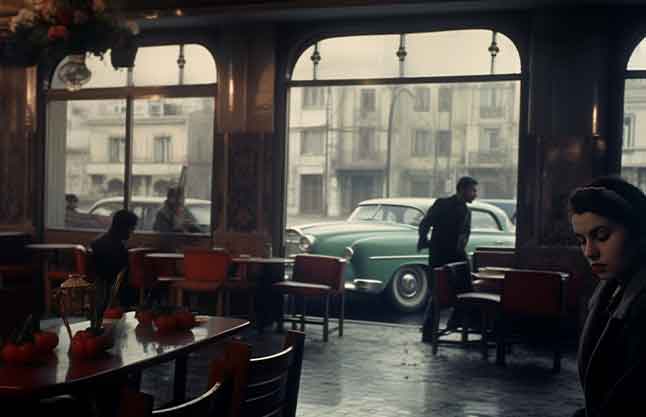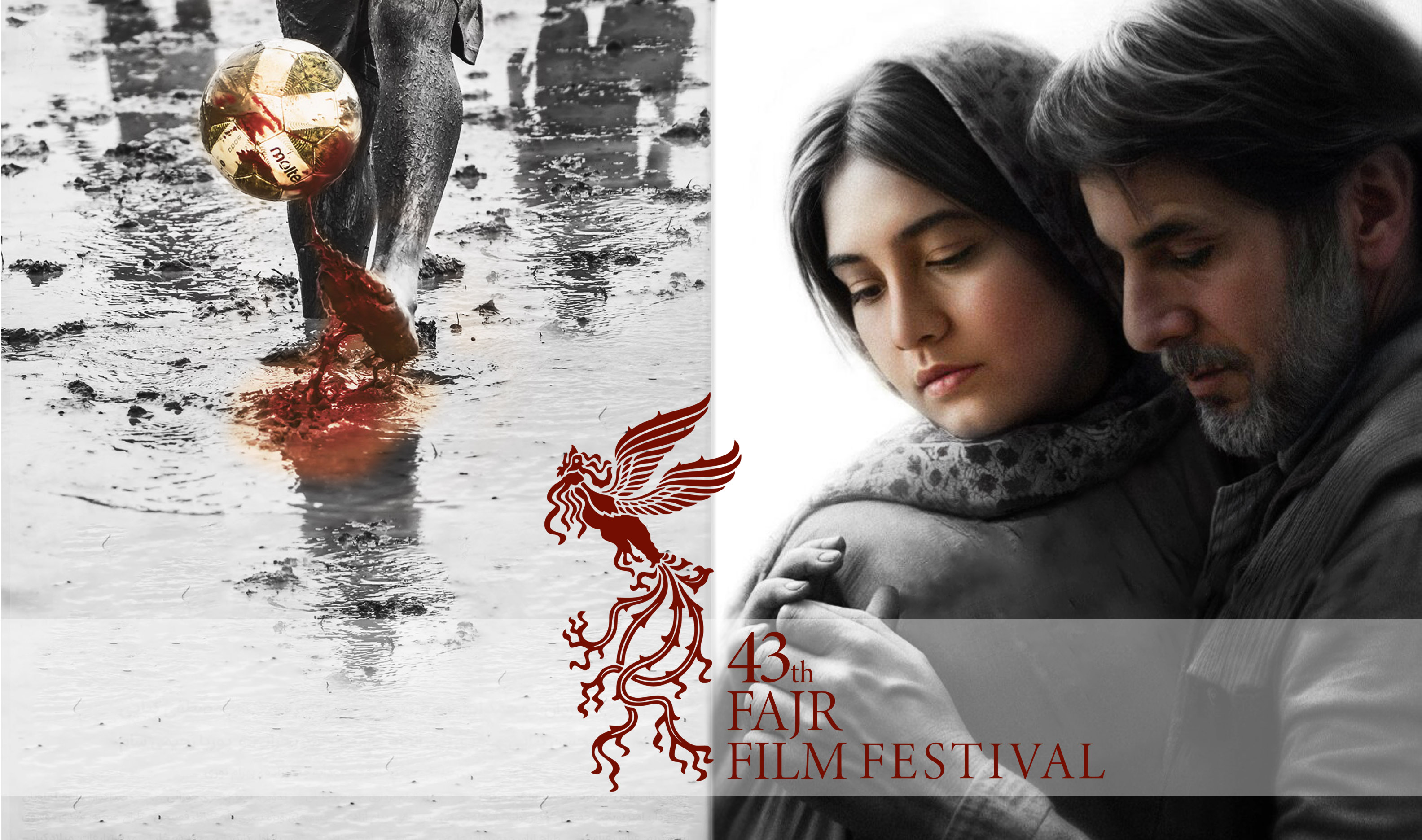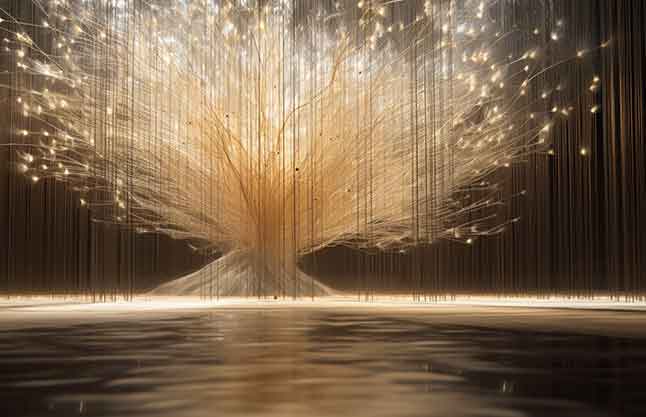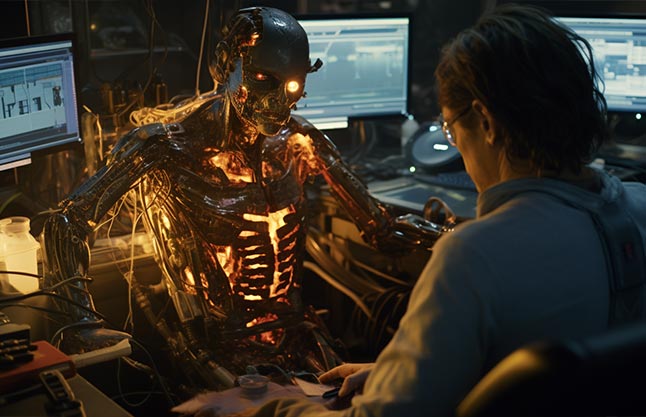



Step back in time with our latest film project, "Pressure Cooker,"set against the backdrop of the 1980s middle-east war. With meticulous attention to detail, our visual effects team is reconstructing historical spaces, immersing audiences in the past like never before.
Visual effects are pivotal in bringing authenticity to the screen, creating lifelike imagery that transports viewers to the heart of the action. From explosive moments to intricate effects, every detail is crafted to perfection, offering a glimpse into the impact of historical events on both objects and characters.
After nearly three months of dedicated design and execution, we're thrilled to announce that "Pressure Cooker" is nearing completion and set for release around Nowrouz.
Stay tuned for an unforgettable cinematic experience!"
Reed More
Eefa Studio participated this year's forty-third Fajr Film Festival, showcasing three distinctive works. The feature film 'Kill the Game' directed by Mohammad Ebrahim Azizi and produced by Mostafa Kiaei, and 'Say My Name, Beautiful' directed by Rasul Sadr-Ameli and produced by Maziar Hashemi, were both featured in the competition section of the festival. Additionally, Eefa Studio showcased the short film 'Dream Maker' in the short film section. Moreover, Eefa Studio earned a nomination for Best Visual Effects for the film 'Whisper My Name'.
Reed More
Step back in time with our latest film project, "Pressure Cooker,"set against the backdrop of the 1980s middle-east war. With meticulous attention to detail, our visual effects team is reconstructing historical spaces, immersing audiences in the past like never before.
Visual effects are pivotal in bringing authenticity to the screen, creating lifelike imagery that transports viewers to the heart of the action. From explosive moments to intricate effects, every detail is crafted to perfection, offering a glimpse into the impact of historical events on both objects and characters.
After nearly three months of dedicated design and execution, we're thrilled to announce that "Pressure Cooker" is nearing completion and set for release around Nowrouz.
Stay tuned for an unforgettable cinematic experience!"

EEFA Studio proudly announces the commencement of post-production for "At the End of the Night," a captivating series directed by Aida Panahandeh and produced by Mohammad Yamini. This project marks a significant milestone for our studio, with Mr. Emad Khodabakhsh, the esteemed editor, and Hamid Fatourehchian, the talented colorist, at the helm.
What sets this endeavor apart is EEFA Studio's comprehensive approach to post-production, handling all aspects in-house. This streamlined process not only optimizes efficiency but also empowers our team to focus on elevating quality and performance. As we embark on this journey, led by cinematographer Farshad Mohammadi and set designer Mohsen Shahabirami, we anticipate delivering a masterpiece that exceeds expectations.
Stay tuned for more updates as we bring "At the End of the Night" to life, showcasing the unparalleled expertise and dedication of the EEFA Studio team.

Over the past few decades, the film industry has undergone a profound transformation, largely driven by the emergence and evolution of Visual Effects (VFX). While VFX has long been part of cinema, the digital revolution in the late 20th century marked a significant turning point, captivating audiences and setting new standards for cinematic spectacle.
VFX has fundamentally altered the way stories are told and experienced, allowing filmmakers to visualize the previously unimaginable. From the expansive landscapes of outer space in "Interstellar" to the intricate realms of Middle-earth in "The Lord of the Rings" trilogy, VFX has made it possible to create immersive worlds integral to storytelling. Moreover, VFX provides cost-effective solutions to practical production challenges, enabling the creation of elaborate environments and sequences in a digital space, thereby reducing costs and logistical complexities.
The impact of VFX on storytelling cannot be overstated. It has expanded the filmmaker's toolbox, offering a wide range of possibilities to enhance narrative dynamics. Whether used subtly to evoke mood and atmosphere or overtly to drive central narrative elements, VFX has become an indispensable storytelling tool. Additionally, the democratization of VFX technology has empowered independent filmmakers to incorporate high-quality visual effects into their work, fostering creativity and innovation in independent cinema.
Looking ahead, the future of VFX appears promising as technology continues to advance. Emerging technologies such as virtual reality, augmented reality, and artificial intelligence are poised to revolutionize the industry further. The integration of these technologies with traditional filmmaking techniques holds the promise of even more immersive and interactive cinematic experiences. As such, VFX will undoubtedly remain a vital component of the film industry, pushing the boundaries of storytelling and cinematic possibilities.
In conclusion, the impact of VFX on the film industry is profound and multifaceted, reshaping the visual language of cinema and expanding the horizons of storytelling. With its ability to visualize the impossible, offer cost-effective solutions, and enhance storytelling dynamics, VFX has become an indispensable aspect of modern filmmaking. As technology continues to evolve, the magic of movies will continue to thrive, fueled by the limitless potential of visual effects.

Visual effects (VFX) have come a long way since the early days of cinema, where filmmakers relied on practical tricks and ingenuity to create mesmerizing on-screen illusions. The journey of VFX traces back to the late 19th century, with pioneers like Oscar Rejlander and Alfred Clark experimenting with techniques like multiple exposures and the "stop trick" to captivate audiences.
One of the most significant figures in VFX history is Georges Méliès, often referred to as the "Cinemagician." Méliès's groundbreaking work in the early 1900s paved the way for the development of techniques such as time-lapse photography, dissolves, and hand-painted color. His iconic film, "Le Voyage dans la lune," showcased a combination of live-action and animation, setting the stage for the future of visual storytelling.
As the years progressed, advancements in technology revolutionized the field of VFX. The 1920s saw the introduction of the Schüfftan process and matte painting, while the 1950s brought about the first interactive computer graphics and the use of blue screens in filmmaking. The 1960s witnessed the rise of computer graphics, with notable films like "2001: A Space Odyssey" pushing the boundaries of visual effects.
The 1970s marked a turning point with the arrival of computer-generated imagery (CGI), leading to the founding of Industrial Light & Magic by George Lucas. Films like "Star Wars" and "Tron" showcased the potential of CGI in creating immersive cinematic experiences. In the 2000s and beyond, VFX became increasingly common in filmmaking, with landmark films like "Gladiator," "The Lord of the Rings" trilogy, and "Avatar" pushing the limits of what was possible on screen.
Today, VFX plays a crucial role in almost every aspect of filmmaking, from blockbuster movies to television series and web content. With advancements like LED screens revolutionizing the filmmaking process, the future of VFX holds endless possibilities for creating immersive and realistic visual experiences that continue to captivate audiences worldwide.